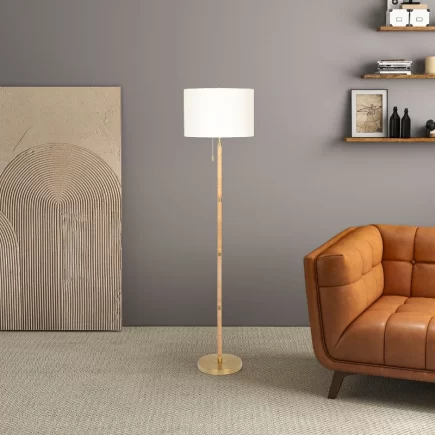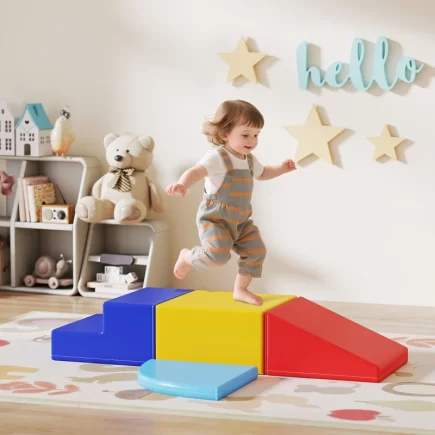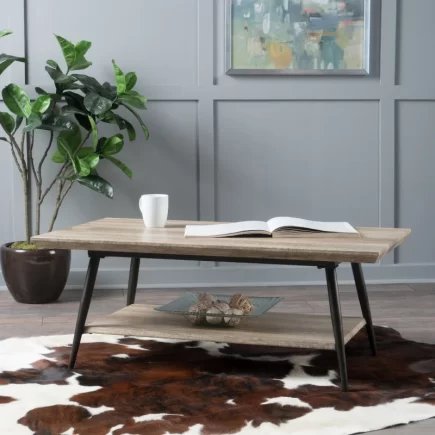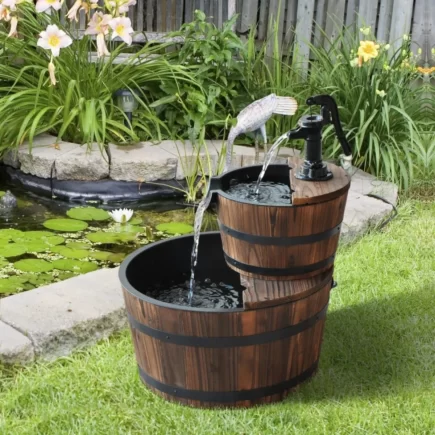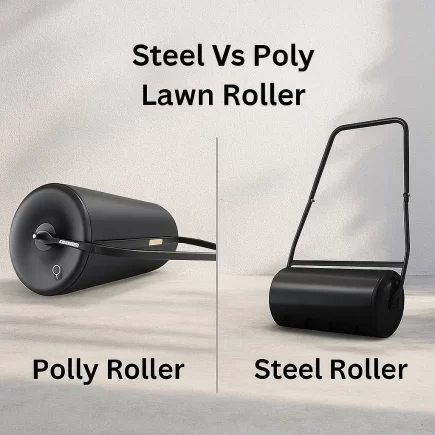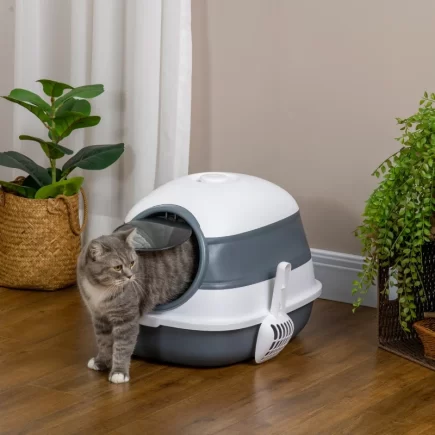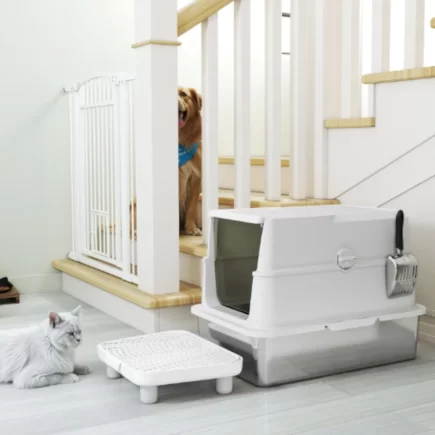Your recliner chair is a central piece in your home, offering unparalleled comfort, relaxation, and a much-needed escape from the daily grind. After a long day, it’s where you kick back and unwind, and for many, it’s the go-to spot for cozy evenings with a book, a movie, or even a nap. However, like any frequently used piece of furniture, it requires regular cleaning to ensure it continues to look its best and remains comfortable to sit in.

Over time, recliners can accumulate pet hair, stains, dust, and odors, all of which can affect both their appearance and functionality. If not cleaned properly, these issues can shorten the lifespan of your recliner and make it less enjoyable to use.
Identifying Your Recliner’s Material
Before you start cleaning, it’s essential to know the material your recliner is made from, as this will influence the cleaning method. The main recliner materials include:
- Fabric / Microfiber: Soft and versatile, but it can absorb liquids and dirt.
- Leather / Faux Leather: Elegant but requires delicate care to avoid cracking.
Pre-Cleaning Checklist

Prepare the Area
Remove cushions, throws, or washable covers: This makes cleaning easier and ensures all areas are thoroughly cleaned. If you have a power recliner, disconnect the power supply and move the recliner to a well-ventilated area for safety.
Gather Supplies
Different recliner materials require specific cleaning tools:
- For Fabric Recliner: Vacuum, mild detergent, microfiber cloth, steam cleaner (optional).
- Leather: Soft cloths, leather cleaner, conditioner, mild soap, distilled water.
- Faux Leather: Soft cloths, mild soap, and water solution.
Understanding Fabric Care Codes
You may find care instructions on the manufacturer’s label, usually in the form of fabric care codes:
- W: Water-based cleaning solutions are safe.
- S: Use solvent-based cleaners only.
- WS: Both water and solvent-based cleaners are acceptable.
- X: Vacuum only, no cleaning products.
Step-by-Step Cleaning Process of Leather / Faux Leather Recliner

Leather recliners require special care to maintain their texture and longevity. Here’s a guide on how to clean and care for a leather recliner:
Step 1: Dusting the Leather Surface
Begin by using a soft microfiber cloth to gently wipe away any dust or dirt from the surface of the leather. Microfiber is ideal because it effectively picks up particles without scratching or damaging the leather. Pay attention to seams and crevices where dust can accumulate.
Step 2: Cleaning with a Mild Soap Solution
Prepare a gentle cleaning solution by mixing a few drops of mild liquid soap (such as dish soap or a specialized leather cleaner) with lukewarm water. Dampen a clean cloth or sponge with the solution, making sure it’s not soaking wet but just slightly moist.
Wipe down the leather surface using soft, circular motions, working in sections. Avoid scrubbing too hard as it can damage the leather.
Step 3: Rinsing and Drying the Leather
Once the leather has been cleaned, take a separate, clean, damp cloth (with just water) to wipe away any soap residue. It’s crucial to remove all soap traces, as leftover soap can leave marks or build up over time. Afterward, dry the leather thoroughly with a soft, dry cloth. Avoid using a hairdryer or direct heat to dry the leather, as it can dry out and crack the material. Let it air dry naturally at room temperature.
Step 4: Conditioning the Leather
Leather can lose its natural oils over time, which can lead to cracking or fading. To restore moisture and keep the leather supple, apply a leather conditioner. Pour a small amount of conditioner onto a clean cloth and gently rub it into the leather in circular motions.
Pay special attention to areas that receive frequent use, like armrests and the seat. Let the conditioner sit for a few minutes and then buff it off with a dry cloth to reveal a soft, glossy finish.
Tips for Leather Care
- Avoid excessive sunlight, which can cause fading.
- Regularly apply a conditioner to preserve the leather’s shine and prevent drying.
Step-by-Step Cleaning Process of Fabric / Microfiber Recliner

Step 1: Vacuum the Surface
Start by thoroughly vacuuming the fabric recliner to remove loose dirt, dust, crumbs, pet hair, and debris. Use an upholstery attachment to reach into the crevices, seams, and under the cushions where dirt tends to accumulate. Pay special attention to areas where dust and pet hair are likely to settle, such as armrests and between the cushions.
Step 2: Blot Stains with Mild Detergent
For any visible stains, mix a small amount of mild detergent with warm water. It’s best to use a detergent that is gentle and free from bleach or harsh chemicals. Dampen a clean microfiber cloth with the detergent solution, ensuring it’s not soaking wet.
Gently blot the stained area, starting from the outer edge and working your way in. Avoid rubbing the stain as it can push the dirt deeper into the fabric or cause the stain to spread. If the stain is stubborn, repeat the blotting process until the stain begins to lift.
Step 3: Rinse and Dry
After blotting the stain, take another clean cloth dampened with plain water to wipe away any detergent residue. Make sure to remove all soap traces, as leftover detergent can cause the fabric to attract more dirt. Gently blot the fabric with a dry cloth to absorb excess moisture, and then allow the recliner to air dry naturally.
Avoid over-wetting the fabric, as this can lead to water stains or cause the fabric to become discolored or stretched out. Leave the recliner in a well-ventilated area to dry completely.
Step 4: Steam Clean (Optional)
If your recliner has deep-set stains or stubborn dirt that regular cleaning can’t remove, using a steam cleaner can help lift the grime from the fabric. Before you start, ensure the steam cleaner is suitable for upholstery fabric and always follow the manufacturer’s instructions.
Use the steam cleaner in short bursts, keeping it a few inches above the fabric to avoid over-wetting it. The steam will help loosen dirt and grime, making it easier to blot away. After steaming, allow the fabric to dry thoroughly before sitting on the recliner.
Removing Specific Stains
- Food and Drinks: Use a mild detergent solution or a spot cleaner, and blot gently.
- Pet Stains: Use an enzymatic cleaner designed to break down organic matter and neutralize odors.
- Sweat and Oils: Leather and fabric recliners may develop stains from body oils. Use a specialized leather cleaner or mild detergent for fabric.
Tips for Microfiber & Synthetic Blends
- Microfiber can be spot-cleaned with a gentle soap solution.
- Avoid harsh chemical cleaners that may damage the fibers.
Safety Consideration Tips
Power recliners contain electrical components that require special care during cleaning.
- Unplug and Power Down: Always ensure the recliner is unplugged and powered off before cleaning to prevent accidents.
- Dry Cleaning Methods Only: Avoid using liquid cleaners on the motor, wiring, and other electrical components. A dry microfiber cloth is best for wiping down these areas.
- Remote & Power Supply: Use a soft cloth to clean the remote and power supply, but be cautious not to let moisture enter any ports or buttons.
- What Not to Clean: Never attempt to clean sealed components, frayed wires, or the internal motor.
Keep the Recliner Clean
Regularly cleaning your recliner is essential for comfort, hygiene, and longevity. With these tips in mind, your recliner will stay fresh, clean, and comfortable for years to come. These simple yet effective steps will help you keep your recliner chair, sofa, or recliner fabric looking fresh and comfortable. Regular cleaning can prevent the buildup of dust, allergens, and stains, ensuring your recliner stays in excellent condition for years to come. For recliner options, check out Aosom’s Recliners collection.
FAQs
1. What’s the best way to remove pet hair from a recliner?
For quick cleanups, try using rubber gloves, lint rollers, or a damp microfiber cloth to remove pet hair. A rubber squeegee or baking soda can also help lift hair.
2. How often should a recliner be cleaned?
Recliners should be vacuumed weekly to remove dust and debris. Spot clean spills immediately. Deep clean fabric recliners every few months, and wipe leather ones regularly. Condition leather every six months. Frequent cleaning is especially necessary for homes with pets, children, or allergies.
3. Can vinegar be used to remove stains on a recliner?
Vinegar can help remove some stains, like mildew or coffee, from fabric recliners. Mix equal parts vinegar and water, test on a hidden spot, and blot the stain gently. Avoid soaking the fabric, and ensure it dries completely to prevent mold or mildew growth.

